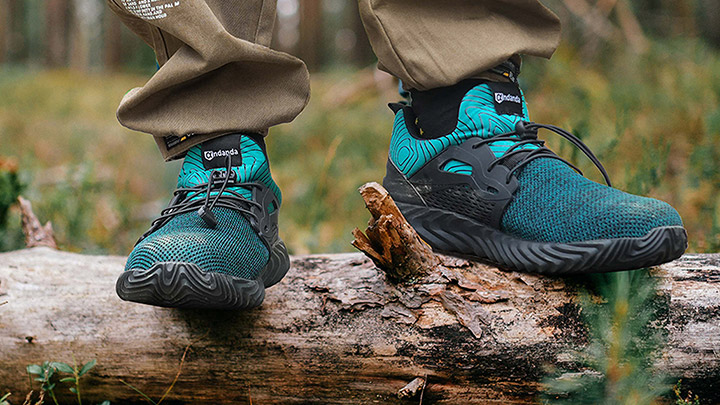Hiking shoe program case

Hiking Shoe Program Case: A Journey Through Successful Product Development
Hiking shoe program case Embarking on the challenging trail of developing hiking shoes proved to be an inspiring adventure in product innovation and excellence. This case study illuminates the steps and strategies undertaken to create a standout hiking shoe program that marries functionality, comfort, and style.
Identifying the Need:
The genesis of the hiking shoe program lay in recognizing the growing demand for versatile footwear that catered to outdoor enthusiasts and avid hikers. With a surge in people seeking outdoor adventures, a gap in the market emerged for high-quality, performance-oriented hiking shoes that could withstand rugged terrains while providing utmost comfort.
Market Research and Trend Analysis:
In-depth market research unveiled valuable insights into customer preferences, materials, and design trends. Understanding the target audience’s needs and aspirations was pivotal in shaping the program. Incorporating sustainable and lightweight materials, along with traction-enhancing outsoles, became paramount to appeal to environmentally conscious hikers seeking optimal grip and reduced impact.
Collaborative Design Process:
The success of the hiking shoe program hinged on collaboration between designers, engineers, and outdoor experts. Drawing from their collective expertise, an iterative design process unfolded, focusing on ergonomics, durability, and aesthetic appeal. This phase involved creating prototypes, testing various cushioning technologies, and refining the shoe’s overall architecture for the best fit and performance.
Technological Innovation:
Integrating advanced technologies marked a turning point in the program’s development. Incorporating waterproof and breathable membranes ensured feet remained dry and comfortable even in adverse conditions. Additionally, employing innovative lacing systems and shock-absorbing midsoles elevated the hiking experience, enhancing support and reducing fatigue.
User-Centric Testing:
Field testing played an integral role in fine-tuning the hiking shoes. Real-world trials across diverse terrains, from rocky mountains to muddy trails, provided invaluable feedback for further refinement. Observing how users interacted with the product enabled the team to make targeted improvements and adjustments.
Sustainability and Ethical Practices:
Aligning with the contemporary ethos of responsible consumption, the hiking shoe program embraced sustainable practices. Sourcing eco-friendly materials, implementing ethical production processes, and emphasizing durability over disposability resonated with conscious consumers seeking products that minimize their environmental footprint.
Launch and Reception:
The culmination of relentless effort led to the highly anticipated launch of the hiking shoe program. The market’s enthusiastic response echoed the success of the endeavor. Positive reviews highlighting comfort, durability, and the shoes’ ability to elevate outdoor experiences further cemented its position as a go-to choice for adventurers.
Continuous Evolution:
The hiking shoe program’s triumph was not a destination but a stepping stone to continuous improvement. Regular feedback loops and post-launch evaluations ensured that the product remained aligned with evolving customer needs and technological advancements.
In conclusion, the hiking shoe program stands as a shining example of effective product development. By recognizing market needs, embracing innovation, collaborating across disciplines, and staying attuned to user preferences, it transformed into a comprehensive solution that empowered outdoor enthusiasts to conquer new heights comfortably and confidently.

